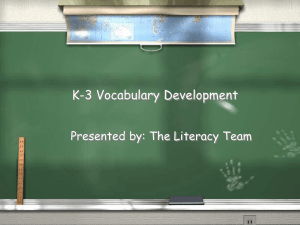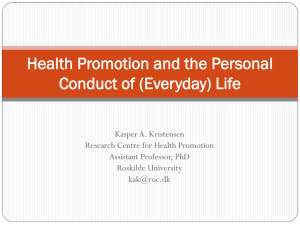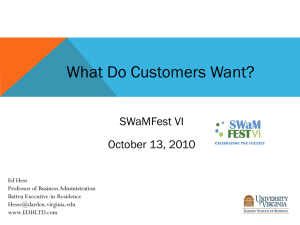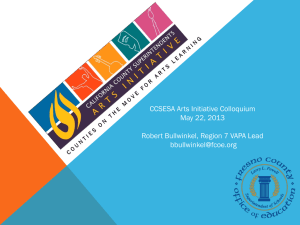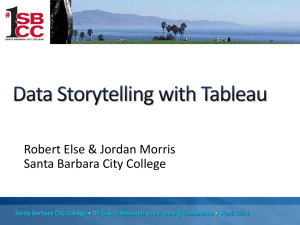Building Strong CALP for ELLs
advertisement
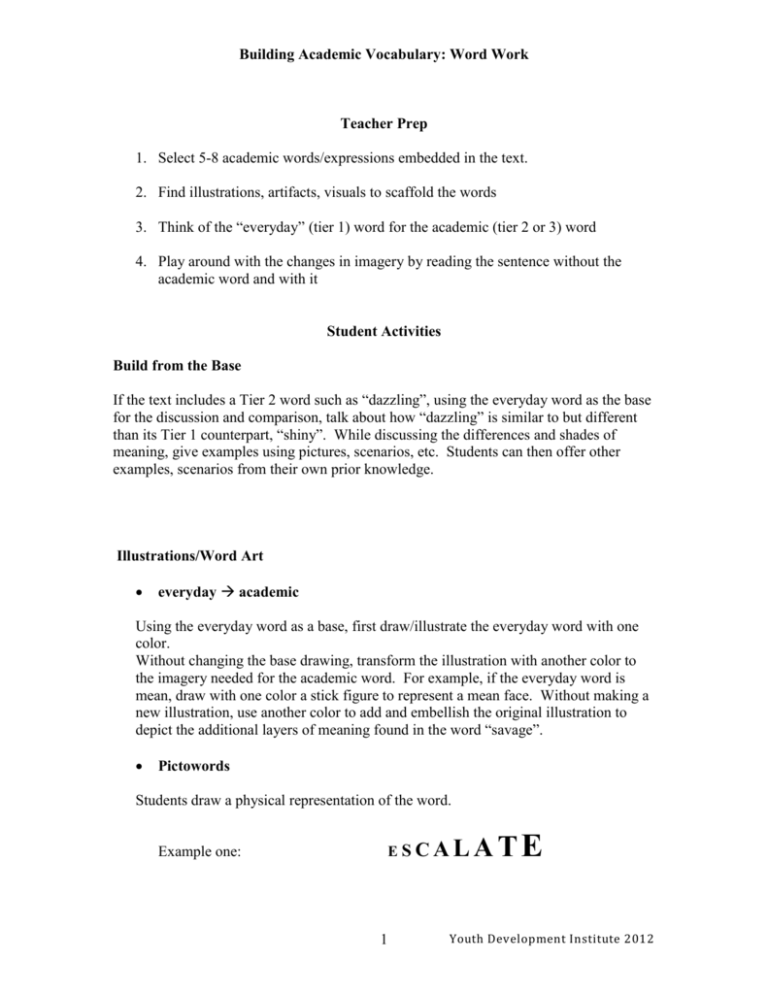
Building Academic Vocabulary: Word Work Teacher Prep 1. Select 5-8 academic words/expressions embedded in the text. 2. Find illustrations, artifacts, visuals to scaffold the words 3. Think of the “everyday” (tier 1) word for the academic (tier 2 or 3) word 4. Play around with the changes in imagery by reading the sentence without the academic word and with it Student Activities Build from the Base If the text includes a Tier 2 word such as “dazzling”, using the everyday word as the base for the discussion and comparison, talk about how “dazzling” is similar to but different than its Tier 1 counterpart, “shiny”. While discussing the differences and shades of meaning, give examples using pictures, scenarios, etc. Students can then offer other examples, scenarios from their own prior knowledge. Illustrations/Word Art everyday academic Using the everyday word as a base, first draw/illustrate the everyday word with one color. Without changing the base drawing, transform the illustration with another color to the imagery needed for the academic word. For example, if the everyday word is mean, draw with one color a stick figure to represent a mean face. Without making a new illustration, use another color to add and embellish the original illustration to depict the additional layers of meaning found in the word “savage”. Pictowords Students draw a physical representation of the word. ESCA Example one: 1 LATE Youth Development Institute 2012 Building Academic Vocabulary: Word Work Example two: Hidden plain unimportant unknown PROMINENT subtle Unnoticeable insignificant Example three: Total Physical Response (TPR) Act out word meanings with gestures and facial and body movements. Students benefit from physical demonstration of new academic words encountered. Act out! Using the everyday word as a base, act out the word. For example, if the word is “scour”, act out the word, “look for”. Then, act out “scour” emphasizing the intensity of this word as compared to the everyday word. Ask students to discuss the differences and shades of meaning embedded in the words. Tableau/Silent Body Art Create a tableau with body art. For continued practice, assign one academic word to each group. Group talks about the word, its concept, associated activities Group decides what the “tableau” (silent painting) will look like Group practices the tableau formation 1, 2, 3 freeze-frame. Students will guess what word is being depicted in the tableau. Students can write up a description of the tableau and the rationale for the depiction chosen. 2 Youth Development Institute 2012 Building Academic Vocabulary: Word Work Lexical Arrays: Using the everyday word as base, continue to stretch the word and its word form from the least charged to the most charged, the least intense to the most intense. For example: Hurt-injured-wounded-stricken-incapacitated Notice changes in imagery. Talk about the differences. See how the sentence changes by substituting other words from the lexical array into the sentence. Talk about the changes in meaning, imagery, ideas, concepts. Students can make individual cards of all words in lexical array. Students can then sort the words as a group and talk about placement and rationale about where these words are placed along the continuum of meanings. Paint swatches can also be used to record the lexical arrays in order of intensity. Generative Words/Word Families/Word forms Using each vocabulary word, design a generative word tree to extend the root, prefixes, suffixes, etc. Talk about how the prefix, suffix and/or root works. Since many Tier 3 vocabulary words use prefixes and suffixes, this is a wonderful vehicle for both Tier 2 and Tier 3 vocabulary. For example: Deforest Defrost Debug Decompose Derail Detox Deconstruct Dehydrate Migrate Migration Emigrant Immigrant Immigration Migratory 3 Youth Development Institute 2012 Building Academic Vocabulary: Word Work Denote/Connote Matrix: After developing a lexical array of words that all denote or refer to similar meanings, discuss the various connotations, nuances, tones and moods created by the various array of words. As outlined in Keith Folse’s Vocabulary Myths, chart tones/moods on the matrix as you explore different imagery evoked when hearing or reading these words in context. Word Arrays Refers to Positive bold Negative Neutral X brazen X fierce X aggressive X outspoken X assertive X brash X Personalize “I Feel” or “I am” Have students connect to the word by asking them to be or “feel” the word. For example: I am prominent when I __________________________________ because I feel prominent when I __________________________________ because I escalate when I __________________________________because I feel escalation when I _________________________________ because Students must EXPLAIN the “because” using the proper definition of the word. 4 Youth Development Institute 2012
